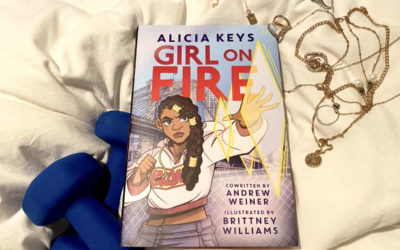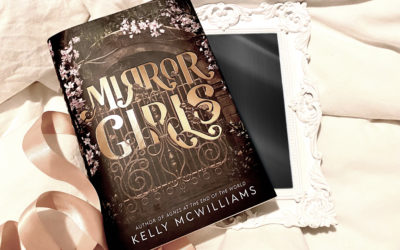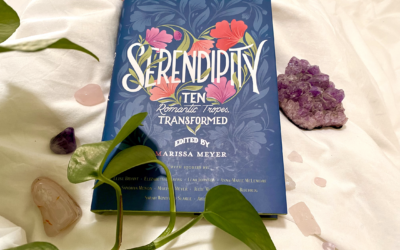As a journalism student and general fan of investigative journalism, a guidebook and inside look into the field through a YA-adapted perspective seemed like a great opportunity to learn about how professional practices can be applied even to everyday life. However, while this was undoubtedly a great book, it was not exactly what it was advertised to be. In reality, it is a chronological deep-dive into the Harvey Weinstein investigation, which, while captivating and enlightening in its own way, was not what I had anticipated reading. Despite this unexpected divergence, “Chasing the Truth: A Young Journalist’s Guide to Investigative Reporting” is still a great book that highlights both the importance and complexity of investigative journalism.
The story is told through the perspective of journalists and authors Jodi Kantor and Megan Twohey, following them through the beginning and beyond the end of their work uncovering Harvey Weinsein’s long-hidden history of sexual harassment and assault of women. Putting together a seemingly unending, but muddled, string of sources and tips, questionable finances, and key events allowed them to unearth this previously tightly-kept secret.
Along the way, the journalists followed a trail of sporadic accusations from women that then all but vanished. They found decades of a toxic workplace culture for women employed by Weinstien around the world, as well as numerous celebrities who were harassed or assaulted just as they were breaking into stardom. In both cases, the women involved would end up agreeing to settlements (payoffs of lots of money) that often included clauses ensuring any formal complaints were retracted and the victim was not allowed to speak of the matter ever again.
While most of this is common knowledge to anyone even remotely familiar with the case, there was much more going on behind the scenes during the investigation that made it all the more important that it was reported. At the very end of the book, there are a couple of pages of a guide to investigative journalism, but it is not nearly enough to constitute the title being “A Young Journalist’s Guide to Investigative Reporting.”
Ignoring the arguably misleading title and marketing, it is still a good book. Once you know what it’s actually about, it’s really something everyone, interested in journalism or not, should take some time to read. In fact, it almost reads like a fiction novel the way the investigation progresses. And it goes without saying that it covers difficult topics, but it is not disrespectful or insensitive, and I would not consider it to be graphic. However, if you are concerned about whether you would be comfortable reading it, it’s up to you to decide whether or not it would be a good fit for you.




